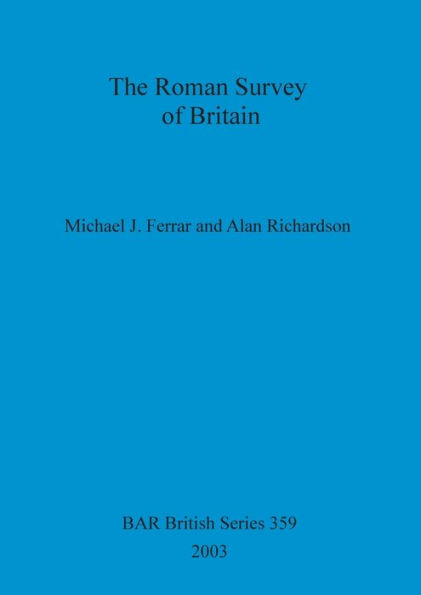Home
Urbanisation Roman Spain and Portugal: Civitates Hispaniae the Early Empire
Loading Inventory...
Barnes and Noble
Urbanisation Roman Spain and Portugal: Civitates Hispaniae the Early Empire
Current price: $180.00


Barnes and Noble
Urbanisation Roman Spain and Portugal: Civitates Hispaniae the Early Empire
Current price: $180.00
Loading Inventory...
Size: Hardcover
*Product Information may vary - to confirm product availability, pricing, and additional information please contact Barnes and Noble
The principal aims of
Urbanisation in Roman Spain and Portugal: Civitates Hispaniae in the Early Empire
are to provide a comprehensive reconstruction of the urban systems of the Iberian Peninsula during the Early Empire and to explain why these systems looked the way they did.
While some chapters focus on settlements that were cities or towns from a juridical point of view, the implications of using a purely functional definition of towns are also explored. Key themes include continuities and discontinuities between pre-Roman and Roman settlement patterns, the geographical distribution of cities belonging to various size brackets, economic relationships between self-governing cities and their territories and the role of cities as nodes in road systems and maritime networks. In addition, it is argued that a considerable number of self-governing communities in Roman Spain and Portugal were poly-centric rather than based on a single urban centre.
The volume will be of interest to anyone working on Roman urbanism as well as those interested in the Iberian Peninsula in the Roman period.
Urbanisation in Roman Spain and Portugal: Civitates Hispaniae in the Early Empire
are to provide a comprehensive reconstruction of the urban systems of the Iberian Peninsula during the Early Empire and to explain why these systems looked the way they did.
While some chapters focus on settlements that were cities or towns from a juridical point of view, the implications of using a purely functional definition of towns are also explored. Key themes include continuities and discontinuities between pre-Roman and Roman settlement patterns, the geographical distribution of cities belonging to various size brackets, economic relationships between self-governing cities and their territories and the role of cities as nodes in road systems and maritime networks. In addition, it is argued that a considerable number of self-governing communities in Roman Spain and Portugal were poly-centric rather than based on a single urban centre.
The volume will be of interest to anyone working on Roman urbanism as well as those interested in the Iberian Peninsula in the Roman period.








